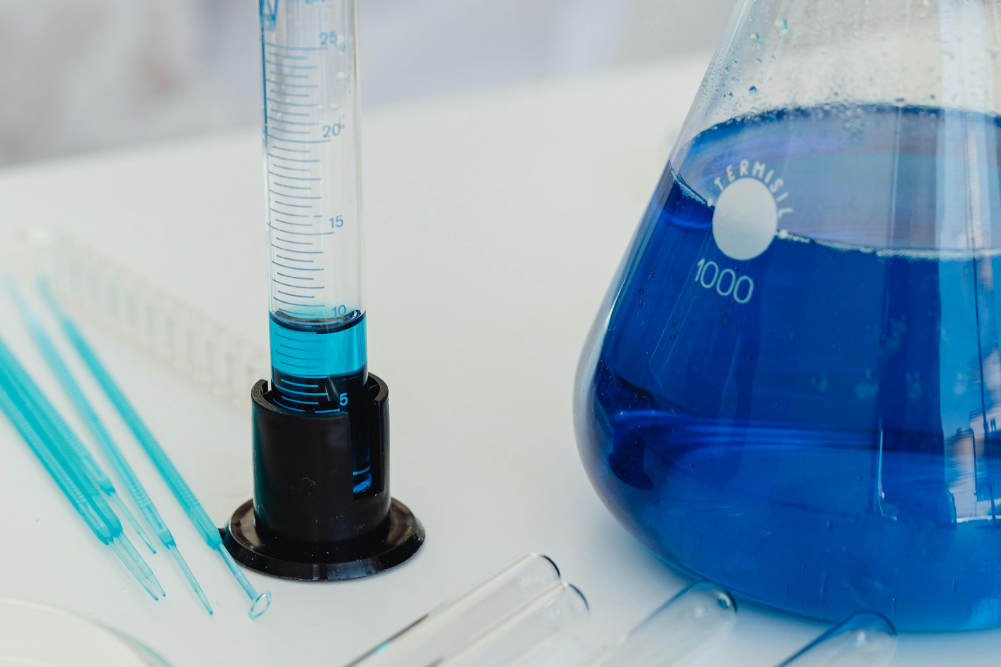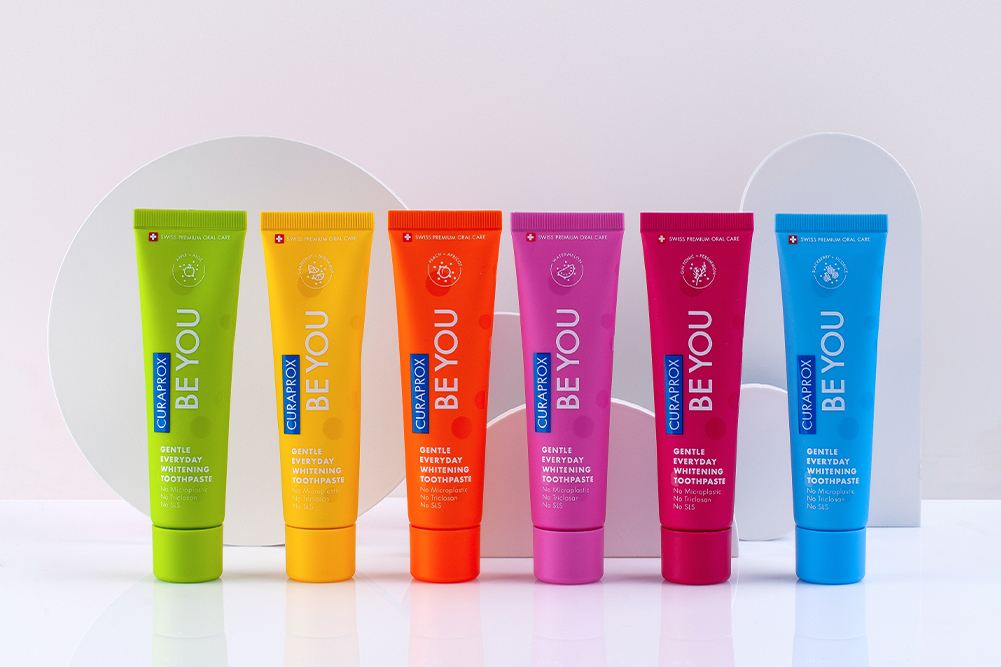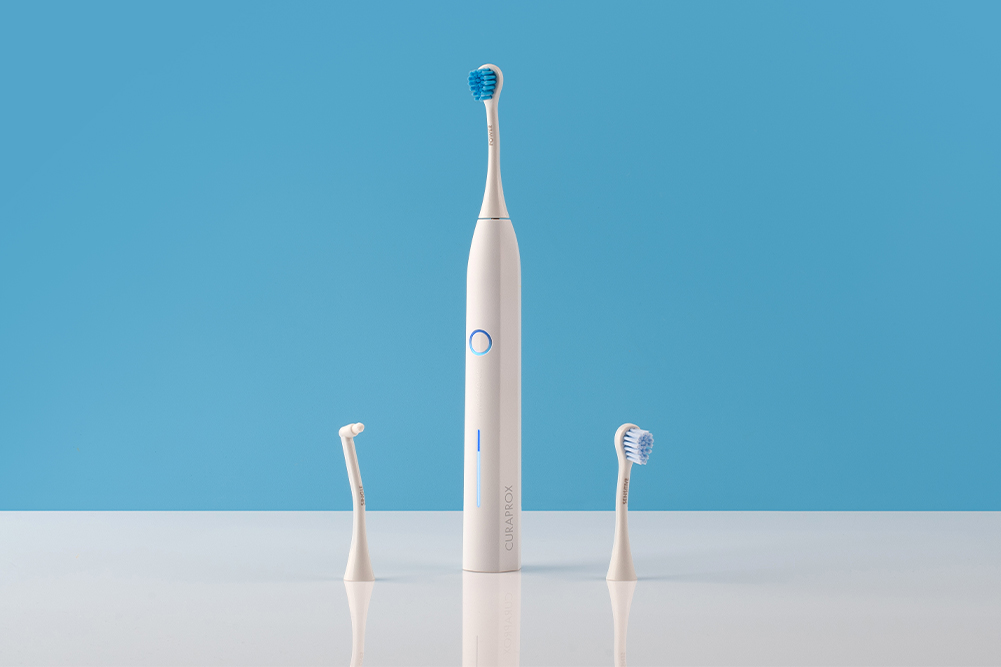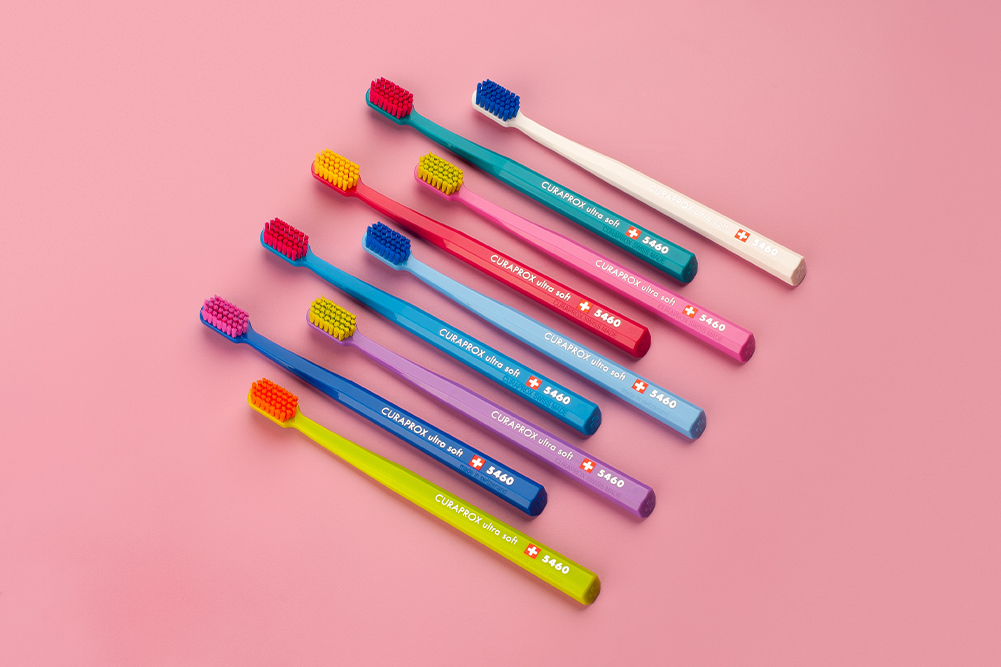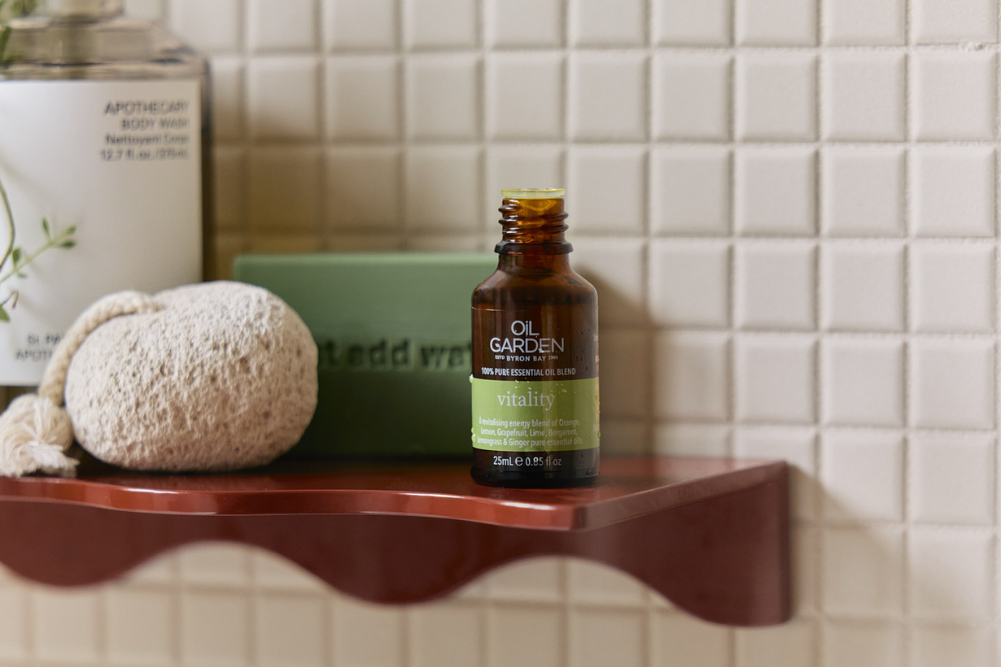The new anti-ageing wonder drug
Methylene blue ’s first iteration was as a textile dye in 1876. Since then, it’s morphed into an omnipotent drug.
To be clear, a disclaimer is necessary here. I am not taking methylene blue, nor am I financially intertwined with any company that sells this substance. It’s not endorsed by the TGA and you won’t find it in any health food shop in this country. But I recently attended a conference of the medical eclectics where all the subterranean buzz was about the protean benefits of methylene blue. Also, one of my more avant-garde patients has been importing this potion and concocting his own formulation in his home laboratory (he is a Mensa). This is why I’ve decided it was time I got jiggy with the science of this new “longevity wonder drug”.
Methylene blue’s first iteration was as a textile dye in 1876. Since then, it has transformed into an omnipotent drug with a wide range of applications: staining surgical slides, treating malaria, acting as an antiseptic, combating cyanide poisoning, and managing methemoglobinemia. This rare condition alters hemoglobin’s ability to deliver oxygen to tissues, which reverses after administering the substance. In the anti-aging field, methylene blue has emerged as a master antioxidant that neutralizes free radicals, believed to be the main cause of bodily degeneration. This is particularly beneficial for our brains, where free radicals are rapidly generated as oxygen is used to produce energy.
Methylene Blue and Cognitive Health
Scientists are still uncovering the mysteries surrounding the origins of Alzheimer’s disease and its effects on mitochondria. These mitochondria are our cellular batteries, where oxygen cycles through biochemical pathways to produce energy. The accumulation of proteins like amyloid beta and tau may drive the disorder. Research suggests that methylene blue can help by neutralizing free radicals. It may also promote the elimination of amyloid beta and tau proteins. This could salvage mitochondrial function, potentially preventing Alzheimer’s.
In 2008, a clinical trial showed that a group of patients with mild cognitive impairment, a condition preceding Alzheimer’s, experienced an 81 percent reduction in cognitive decline over 50 weeks after taking a low dose of methylene blue. Another trial has demonstrated diminishing brain atrophy in mild Alzheimer’s sufferers after a similar treatment for nine months. In rats, methylene blue can slow the evolution of Parkinson’s disease by preserving the production of dopamine, the brain neurochemical whose increasing absence leads to the crippling march of this decimating disorder.
The Safety and Future of a Revolutionary Health Solution
For those seeking to enhance cognitive function, some evidence suggests it can improve memory and slow brain aging. It has also treated COVID-19 successfully, though this outcome hasn’t received widespread publicity.
When compared with vitamin C and retinol, skin cells treated with methylene blue showed better proliferation and fewer signs of aging. However, this has not yet led to its inclusion in topical anti-aging products.
Experts consider methylene blue safe at low doses of <2mg/kg per day. Mainstream research needs to confirm its benefits, but its long history and lack of scientific adoption make this unlikely. Currently, experimentation with its potential benefits remains at the fringe of the anti-aging community, with those pushing the limits of biochemical enhancement.
